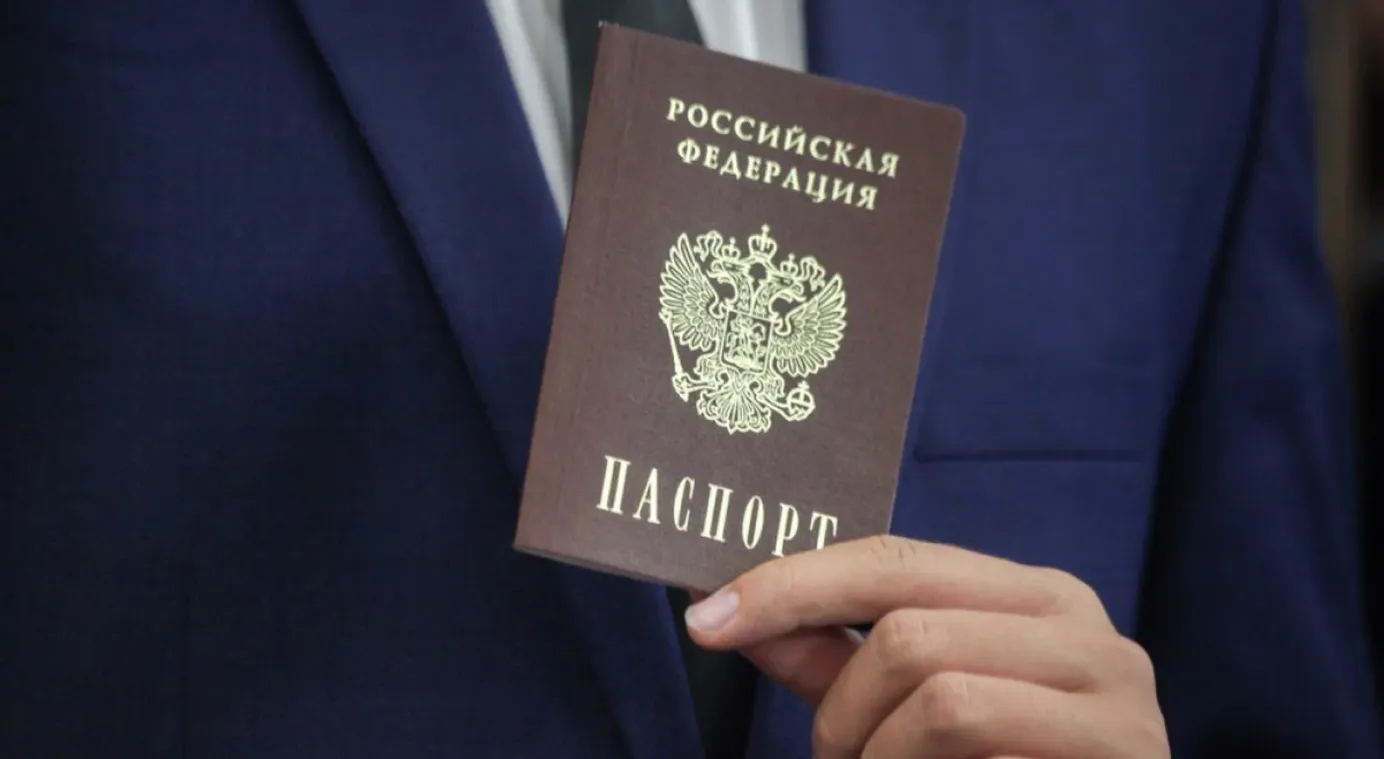
Alexei Navalny’s body handed over after public outcry
While opposition leader Alexei Navalny was alive, the authorities took every opportunity to make his life as difficult as possible. This persecution continued even after his death. Only at the last moment and after a series of public arguments and interventions did investigators hand Navalny's body over to his mother. Even then they tried to insist — illegally — that his funeral must be carried out in secret.
- After Navalny's death on Feb. 16, his mother Lyudmila Navalnaya spent several days trying to locate his body. In the prison colony, Navalnaya and Navalny’s allies were told that the body had been taken to Salekhard, the nearest city. Footage from security cameras found by MediaZona indirectly backed this up, showing two police cars and a minibus traveling towards Salekhard on the night of Feb. 16-17. Initially, Navalny's colleagues said there was no sign of his body in the morgue or medical facilities in the city, where they had been denied access, and local medics also said that they had not received any bodies from the penal colony.
- Several days later — on Feb. 22 — Navalny’s mother released a video clip in which she said that investigators had finally shown her son’s body to her in the Salekhard morgue. However, they refused to hand over custody of it and tried to dictate the conditions under which they would let Navalnaya bury her son. Navalny’s team said local authorities at one point threatened to bury the corpse in an unknown grave somewhere inside the Arctic circle or at the Polar Wolf prison colony where Navalny had died. Navalnaya said investigators told her that unless she agreed to a secret funeral in Moscow, “they would do something with the body.” She added: “Investigator [Alexander] Varapayev told me openly that time was not on my side and the corpse was already decomposing.”
- Navalny's colleagues said the local investigator Varapayev had tried to set out further terms by which the body would be released. He would agree to fly the body to Moscow if Navalny's family and friends kept the date of the funeral secret and if his family agreed to be accompanied at all times by staff from the Investigative Committee until after the burial. He said the body itself could not be kept in Moscow ahead of the funeral, but in Moscow Region or the nearby Vladimir Region. Navalny’s associates claimed that investigators were afraid that “the morgue would be stormed.”
- The string of ultimatums and refusals to hand over Navalny’s body to his mother prompted public outcry from cultural figures and high-profile members of the opposition. Nobel Prize winner Dmitry Muratov and choreographer Mikhail Baryshnikov were among dozens who released video appeals calling for Navalny’s body to be returned to his mother. A petition urging the same was signed by almost 100,000 Russians. Under this public pressure, investigators eventually relented and agreed to release Navalny’s body to his family, apparently without conditions.
- Lawyers say that the local investigators broke the law by initially refusing to hand over Navalny’s body, a crime which carries up to 12 years in jail. There is no sign of any probe into the investigators' conduct, despite a lawsuit filed by Navanly’s team.
- Most likely, Navalny will be buried later this week in Moscow, the city where he lived most of his life. His team announced that they were searching for a public venue to host a memorial service. It is still unclear exactly when and where the funeral will take place. Journalist Ksenia Sobchak, noted for her Kremlin connections, said she believes Navalny will be buried in a similarly secretive manner as Wagner Group founder Yevgeny Prigozhin. Nobody outside of Prigozhin’s immediate circle knew the time or place of his funeral last year.
- Navalny's associates released a video on Monday claiming that the Kremlin had planned to exchange him, as well as two unnamed US citizens jailed in Russia, for Vadim Krasikov. FSB special forces officer Krasikov is currently serving a life sentence for the assassination of former Chechen rebel fighter Zelimkhan Khangoshvili in Berlin. Close Navalny ally Maria Pevchikh said that on the evening of Feb. 15 — the day before Navalny died — she had word that negotiations on a deal were in their final stages. His team maintains that he was murdered — with the looming swap deal now being cast as a motive. Pevchikh did not provide any concrete evidence of how Navalny’s team believe he was killed or who carried it out. She said Vladimir Putin could not accept the possibility of Navalny walking free and therefore gave the order to kill him.
Why the world should care:
The authorities have good reason to be nervous about a public funeral for Navalny. The leader of Russia's opposition remains a symbol of hope for the “beautiful Russian future” he espoused. For his followers, a public farewell is not just a chance to send Navalny off on his final journey, but also to protest against the Russian regime in a legal way. Those intentions could easily be thwarted if the security forces once again move to make mass arrests of those mourning Navalny, as they did in detaining hundreds for laying flowers at pop-up memorials to the opposition leader across the country.




